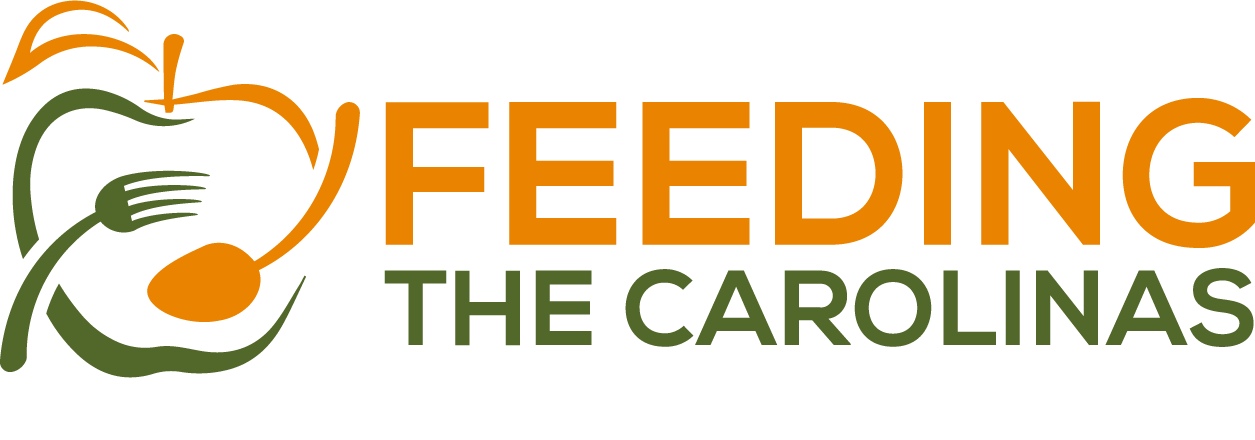Impacts In Our Backyard
The funding changes and limitations on SNAP will impact many vulnerable populations. We know that as many as four in five families participating in SNAP in the Carolinas have either a child, a senior, or an adult with a disability in the household. SNAP is also a lifeline in times of disaster. In NC alone, those counties impacted by Helene had higher SNAP enrollment in March 2025 (~239,500) than in September 2024 (~226,100) before the storm hit, for an increase of 13,400 people enrolling in SNAP post-Helene (source).
The impact of these disasters is long-lasting, just as long-lasting as the implications of HR 1. Each dollar paid for groceries through SNAP frees up household resources for other essential needs like rent, utilities, or childcare – or, in the case of Hurricane Helene, debris removal and home repairs.
Personal & Financial
SNAP recipients spend their benefits in local grocery stores and markets. SNAP cuts mean people have less to spend at the 14,395 SNAP retailers in the Carolinas. This hurts farmers, the larger food distribution pipeline, and local economies. Every $1 spent in SNAP generates between $1.50 and $1.80 in economic growth, contributing $4.5 billion annually to North & South Carolina economies.
The bottom line is, HR 1’s cuts to SNAP will harm people – disabled, children, seniors, veterans, farmers, and businesses. Our neighbors, our family. It is more timely than ever that we lean into our community. Our network of Food Banks and pantries is working diligently across the Carolinas to make sure everyone has the nutrition they need.
Join us in showing up for our friends, lending a hand to our neighbors, and supporting those who may not have the simple necessity of food.
Consider how you can be part of the movement to end hunger in your own backyard. Visit feedingthecarolinas.org/action/ to learn more.
